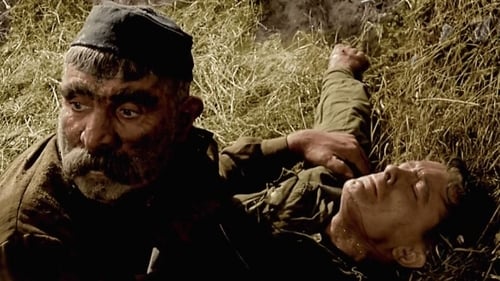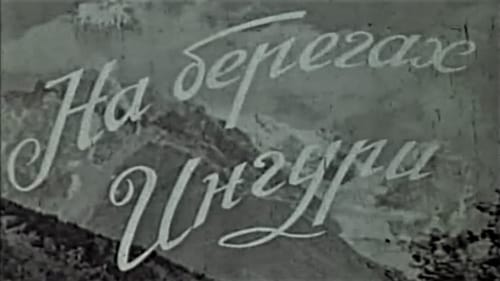
Cinematography
Alexi leaves the house of his father and stepmother and rents an apartment. He wants to be independent and find his place in the world. But no basic changes ensue – he has the same friends, with the same trivial conversations and the same inactivity. Only the death of his favorite teacher, to whom the young man felt very close, really changes his habitual way of life. Alexi makes a decision: he refuses a place at a research institute and leaves for a teaching job at a village school, the same school his mentor used to work at.

Cinematography
The way home for Aleksandr Rekhviashvili is not charted in the conventional sense. It takes the viewer along some peculiar roads and across a unique landscape: Georgian history and legend, politics and social stratification, religion and ethics. Allusive, stylized and allegorical from beginning to end, his long-banned The Way Home is in part a tribute to Rekhviashvili’s favorite director, Pasolini, especially to The Hawks and the Sparrows (1966). Together with the short film Nutsa (1971) and the widely acclaimed Georgian Chronicle of the 19th Century (1979; SFIFF 1983), The Way Home closes a triptych of films that represent Rekhviashvili’s poetic contemplation of Georgia’s past. It makes extensive use of poems by Bella Akhmadulina (the major female poet of the cultural ‘thaw’ of the ’50s and ’60s and a Georgian by descent), and of sets by Amir Kakabadze. Like other films in the trilogy, The Way Home is stunningly photographed in black-and-white.--Oxymoron

Director of Photography
레조 치크하이드체 감독은 당시 예산의 어려움으로 이룰 수 없었던 컬러영화의 꿈을 이루고, 컬러영화에 친숙한 현재의 관객에게 다가가기 위한 방법으로 색채복원을 결심했다고 한다. 그의 감수 하에 새로운 색채기술로 복원된 는 오랜 기간 외면 받고 경시되었던 색채복원에 새로운 관점을 제시한다. 2차 세계대전의 와중, 그루지야의 작은 마을에서 평범한 농부로 지내던 게오르기는 아들의 부상 소식을 듣고 전장으로 향한다. 그러나 아들을 찾기란 쉽지 않다. 결국 게오르기는 소련 군대와 함께 아들이 싸우고 있는 최전선으로 향한다. 전쟁영화이며 동시에 로드무비인 이 영화는 당시 상업적인 성공과 함께 모스크바국제영화제에서 남우주연상을 수상하며 작품성을 인정받았다. (2012년 제17회 부산국제영화제)

Camera Operator
Georgian film.


